Growing your own apple tree at home is one of the most rewarding gardening adventures you can embark upon. Imagine stepping into your backyard and plucking a crisp, juicy apple straight from the branch—fresh, chemical-free, and bursting with flavor. While apple orchards are often associated with wide open fields, you don’t need acres of land to enjoy the magic of growing apples. With the right approach, apple trees can thrive in home gardens, courtyards, or even large containers.
This guide walks you through the essentials of cultivating apple trees, from selecting varieties to planting, caring, and harvesting them with ease.
Why Grow Apple Trees at Home?
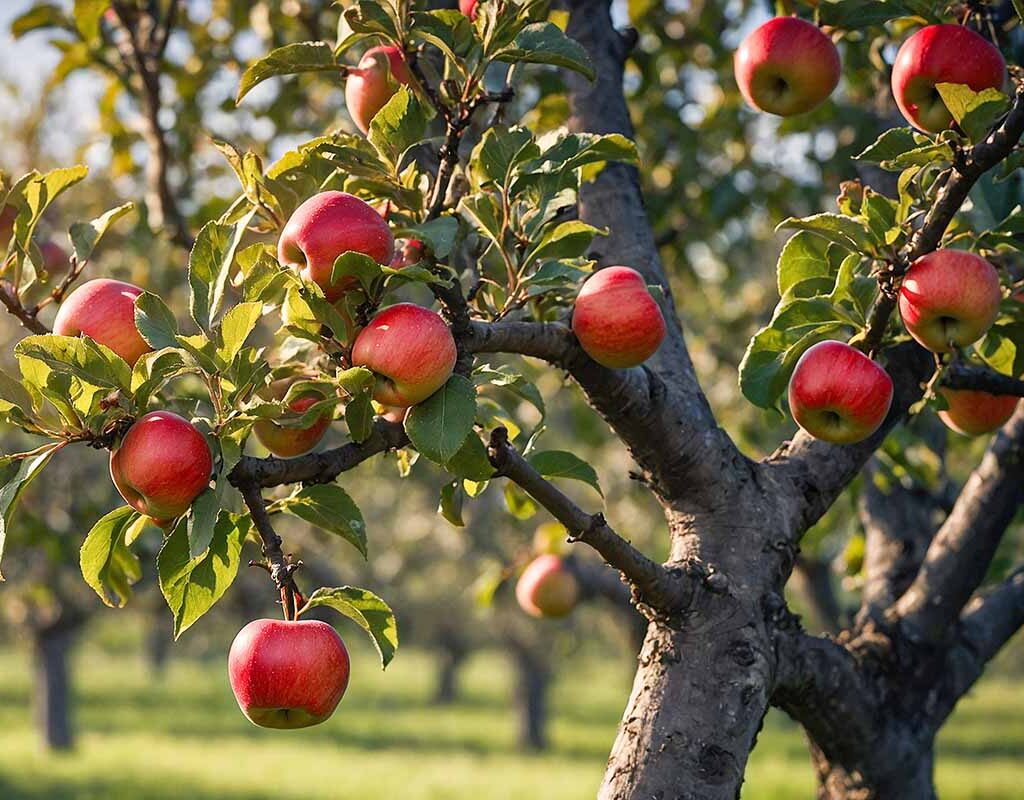
Before diving into the how-to, let’s explore why apples deserve a spot in your home garden:
- Fresh and Nutritious Produce – Apples are packed with fiber, antioxidants, and vitamins, making them a healthy snack right at your doorstep.
- Cost-Effective – Store-bought apples can be pricey, especially organic ones. Growing your own ensures a steady supply at minimal cost.
- Ornamental Value – Apple trees are beautiful throughout the seasons: spring blossoms, lush summer greenery, and colorful fall foliage.
- Sustainability – Homegrown apples reduce your carbon footprint by cutting down packaging and transport.
- Family Joy – Planting an apple tree can be a bonding project, with children enjoying the process of seeing “their” tree grow and fruit.
Step 1: Choosing the Right Apple Variety
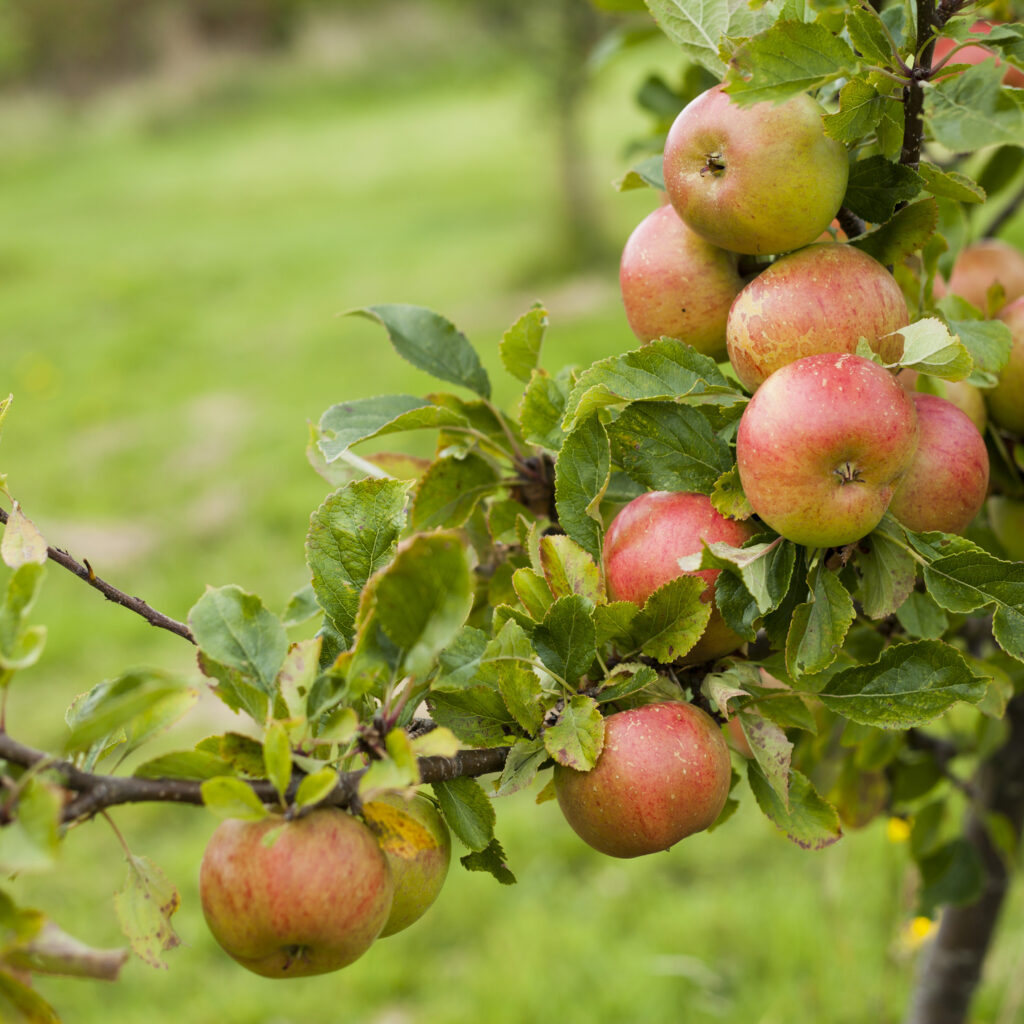
The first step in your apple tree adventure is selecting a variety suited to your climate and space. Apples need a period of winter chill to produce fruit, so the choice depends largely on your region.
Popular Varieties:
- ‘Fuji’ – Sweet, crisp, and great for fresh eating.
- ‘Granny Smith’ – Tart, perfect for pies and baking.
- ‘Honeycrisp’ – Known for its crunch and balanced flavor.
- ‘Golden Delicious’ – Mild, sweet, and versatile.
- ‘Gala’ – Small, sweet apples ideal for kids.
If you’re short on space, look for dwarf or semi-dwarf varieties, which stay compact yet produce abundant fruit.
Step 2: Selecting the Perfect Planting Spot
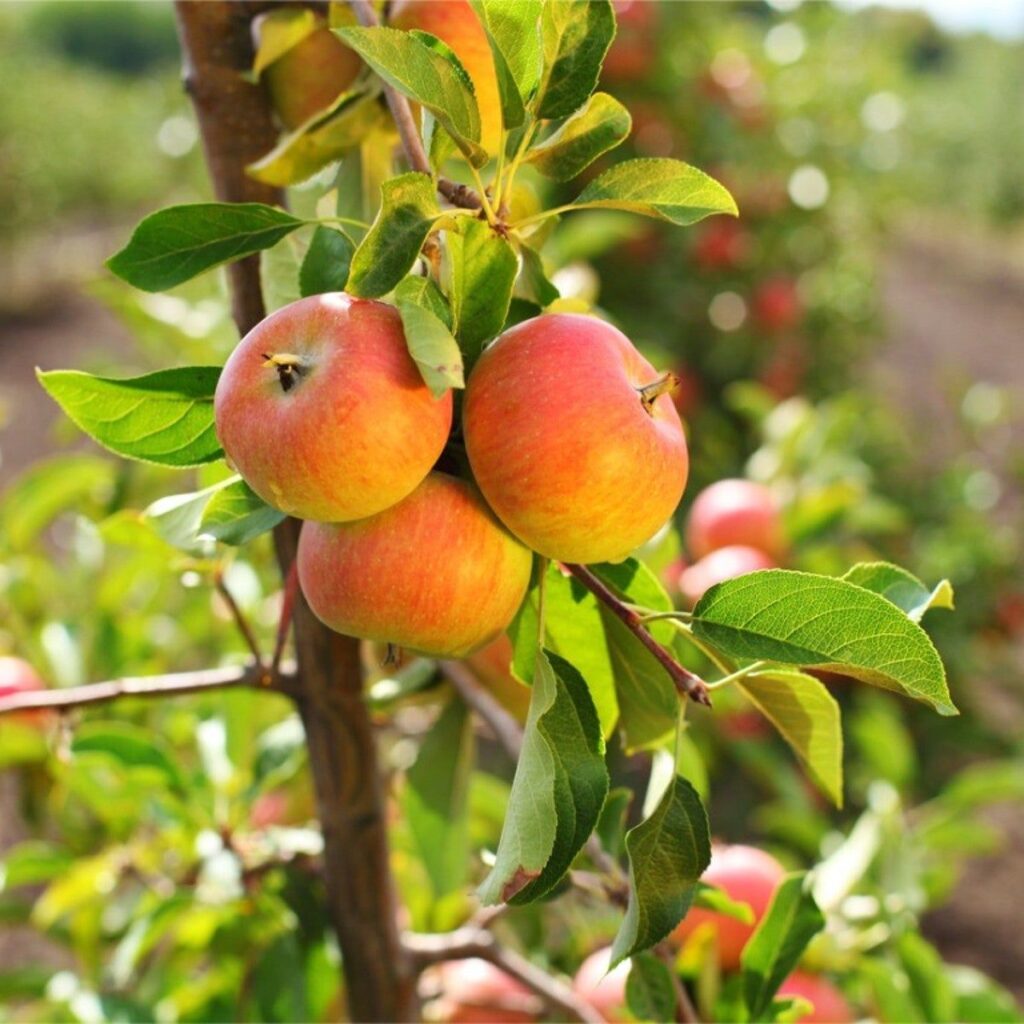
Apples need plenty of sunshine and good air circulation to thrive.
- Sunlight – Choose a spot with at least 6–8 hours of direct sunlight daily.
- Soil – Apple trees prefer well-drained loamy soil with a pH of 6.0–7.0. Avoid waterlogged areas, as roots can rot.
- Spacing – Standard apple trees require 15–20 feet of spacing, while dwarf types need about 8–10 feet.
Step 3: Planting Your Apple Tree
Planting an apple tree is straightforward if you follow these steps:
- Prepare the Hole – Dig a hole twice as wide as the root ball but only as deep as its roots.
- Loosen the Soil – Break up compacted soil at the base and sides of the hole for easy root penetration.
- Position the Tree – Place the tree so the graft union (the bulge above the roots) sits a few inches above the soil line.
- Backfill and Water – Refill the hole with soil, gently firming it around the roots. Water thoroughly to settle the soil.
- Mulch – Add a 2–3 inch layer of organic mulch around the base, leaving a gap near the trunk to prevent rot.
Step 4: Watering and Feeding
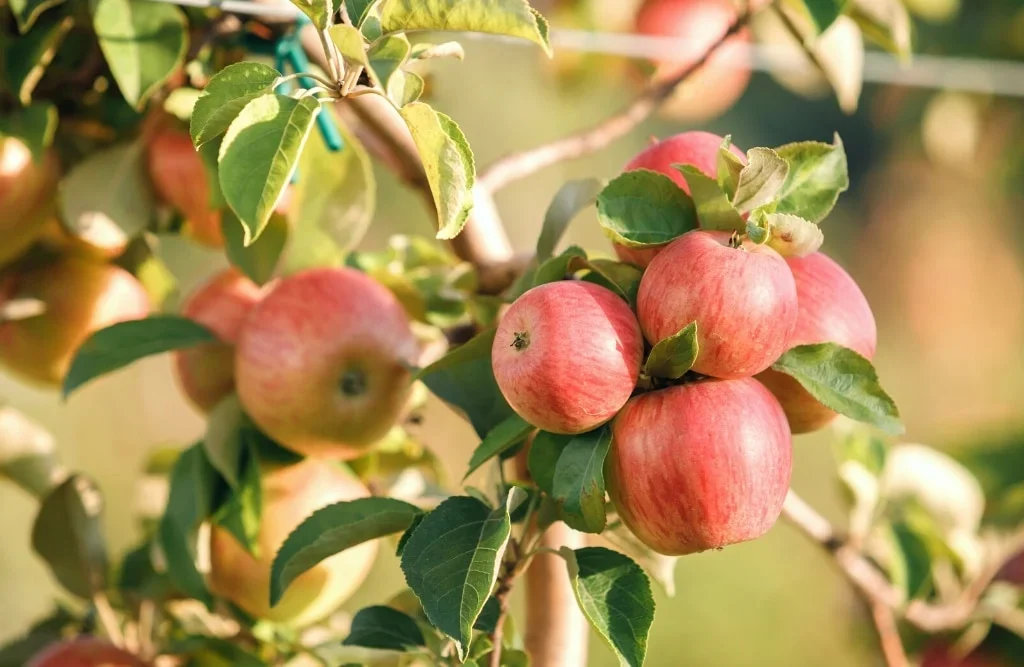
Young apple trees need consistent moisture to establish strong roots.
- Watering – In the first year, water deeply once or twice a week, depending on rainfall. Mature trees usually need about 1 inch of water per week.
- Fertilizing – Apply a balanced fertilizer (like 10-10-10) in early spring. Avoid over-fertilizing, as this leads to leafy growth at the expense of fruit.
Step 5: Pollination – The Key to Fruit
Most apple trees are not self-pollinating. This means they need a partner tree of a different variety nearby to produce fruit. Bees transfer pollen between blossoms, enabling fruit set.
- If space is limited, opt for self-fertile varieties like ‘Golden Delicious’.
- Alternatively, plant two compatible varieties within 50 feet for successful cross-pollination.
Step 6: Pruning and Training
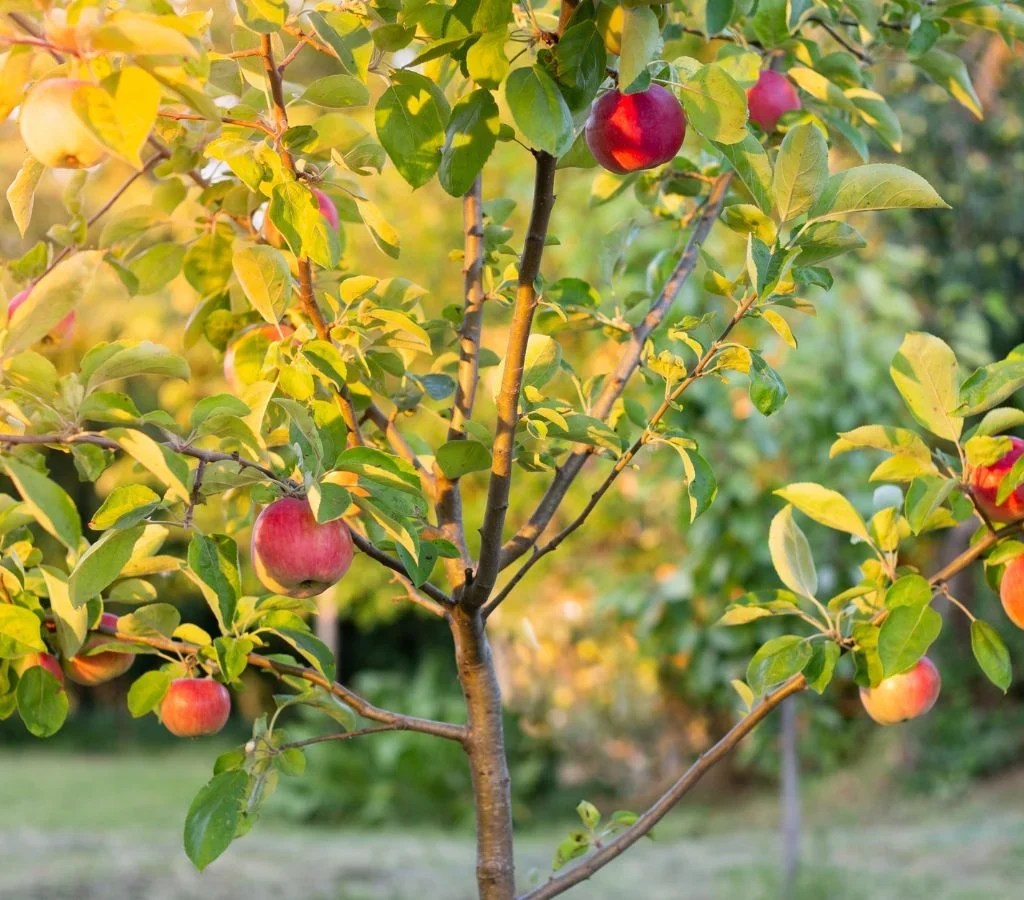
Pruning keeps your apple tree healthy, productive, and easy to manage.
- When to Prune – Late winter or early spring, before new growth begins.
- How to Prune – Remove dead, diseased, or crossing branches. Thin out the canopy to allow light penetration and airflow.
- Training Young Trees – Encourage a central leader (main trunk) with well-spaced lateral branches.
Proper pruning ensures strong structure and prevents diseases.
Step 7: Pest and Disease Management
Apple trees can attract pests and diseases, but early prevention makes all the difference.
Common Pests:
- Aphids – Sap-sucking insects that distort leaves.
- Codling Moth – Their larvae burrow into apples, causing damage.
- Apple Maggot – Leaves brown trails inside fruit.
Common Diseases:
- Apple Scab – Dark, scabby lesions on leaves and fruit.
- Powdery Mildew – White coating on leaves.
- Fire Blight – Blackened, drooping shoots that look scorched.
Solutions:
- Encourage beneficial insects like ladybugs.
- Use organic sprays like neem oil.
- Keep the area around the tree clean of fallen fruit and leaves.
Step 8: Harvesting Your Apples
Harvest time is the most rewarding part of your apple tree journey. But how do you know when apples are ready?
- Color – Apples develop their characteristic color when ripe.
- Ease of Picking – A gentle twist should easily release the fruit from the branch.
- Taste Test – The simplest method: bite into one!
Different varieties ripen between late summer and fall, so check your specific type for timing.
Step 9: Storing Your Harvest
Not all apples need to be eaten immediately.
- Fresh Use – Enjoy crisp apples straight from the tree.
- Refrigeration – Store apples in the fridge for weeks.
- Cellar Storage – In cool, humid conditions, some varieties last for months.
- Preservation – Make apple sauce, cider, or dried apple slices.
Tips for Growing Apples in Containers
Don’t have a large yard? You can still grow apples in pots!
- Choose a dwarf apple variety.
- Use a large container (18–24 inches deep) with drainage holes.
- Fill with high-quality potting soil.
- Provide regular watering and annual pruning.
Container-grown apples produce just as well with proper care.
Conclusion
The adventure of growing your own apple tree is not just about the harvest; it’s about the journey. From planting the first sapling to nurturing it with sunlight, water, and care, you become part of a cycle that connects you to nature and rewards you year after year.
Whether you dream of crisp ‘Honeycrisp’ apples in your lunchbox or tart ‘Granny Smith’ slices in your pie, starting your apple tree at home brings you closer to that joy. With the right variety, a sunny spot, and steady care, your apple tree will flourish—turning your garden into a personal orchard.
So, why wait? Plant your apple tree today, and step into a fruitful adventure that future generations will enjoy too.

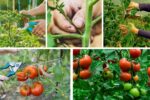


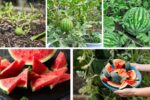
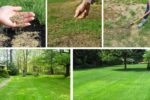
Leave A Comment